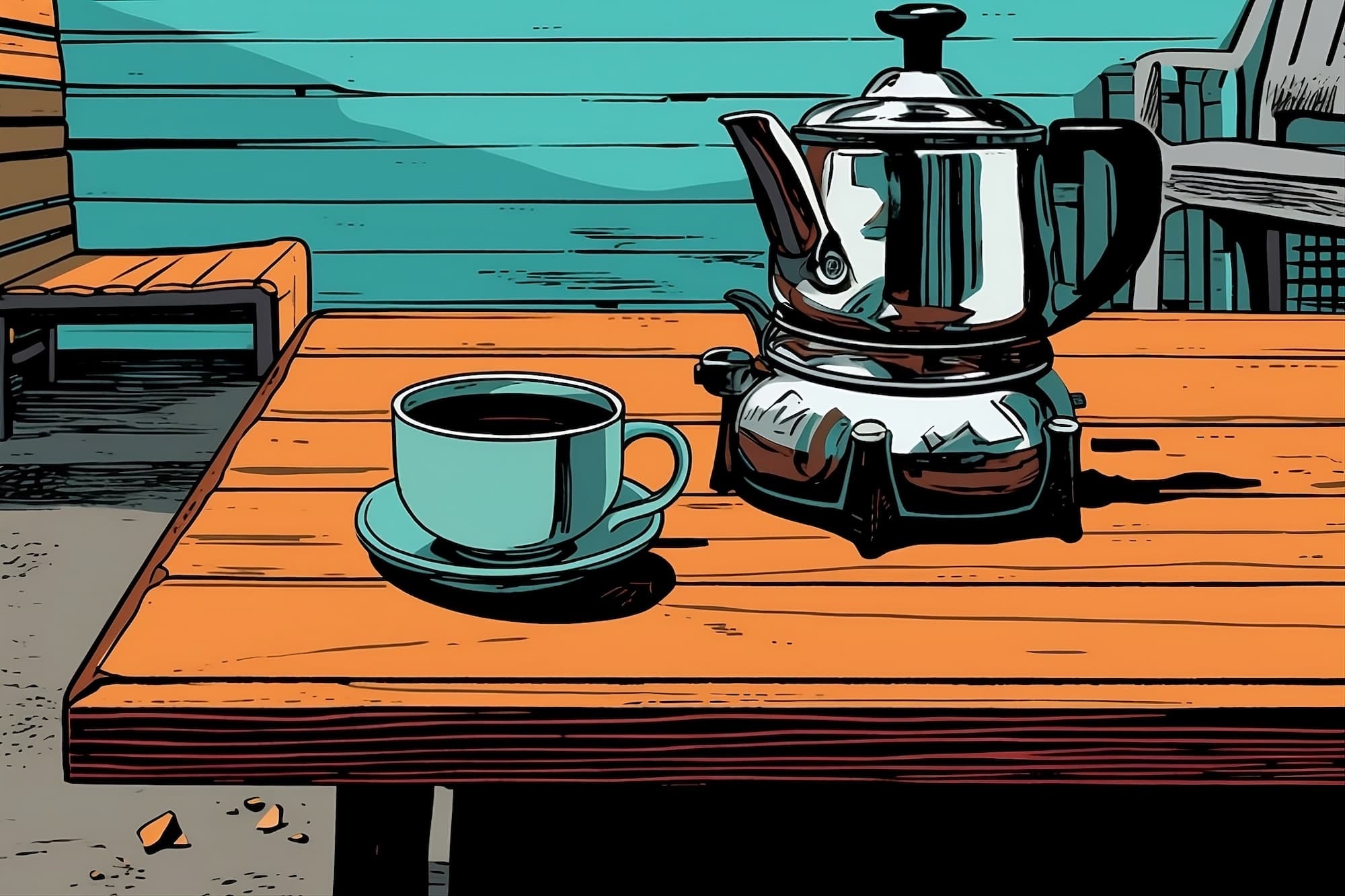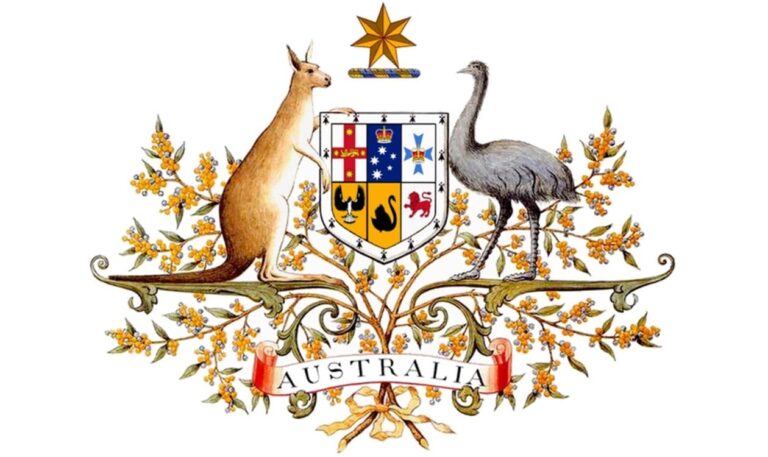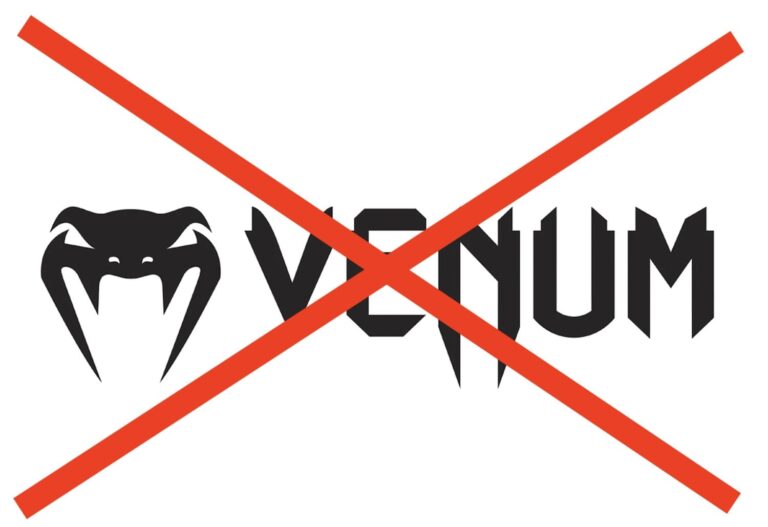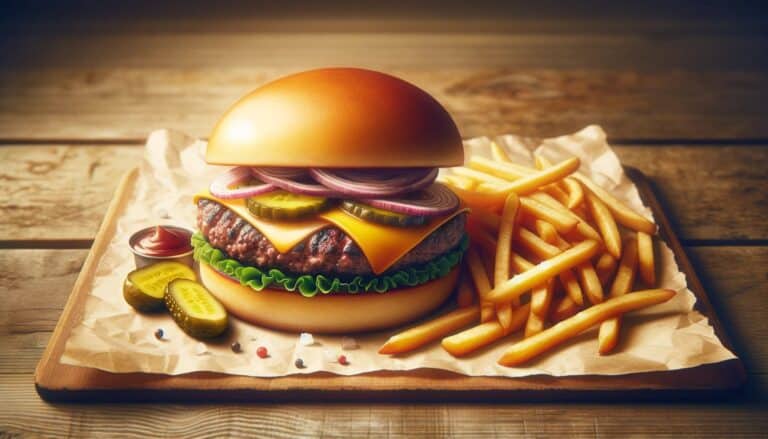Why and How to Switch to Black Coffee, a.k.a. Filter coffee
I find myself explaining black coffee, which I think of as “coffee”, but which is also often called “filter coffee”, to people too often. I nearly exclusively drink black coffee, even though I used to exclusively make flat whites and cappuccinos on my own espresso machine at home.
So, without knowing how much you may know about coffee (it might be a lot more than I do!), allow me let me explain mansplain to you here the joy of black coffee and why and how to switch to it: Why it’s great, what to buy (and on a budget), and how to make it.
This is as much a post just for my own gratification, to codify what I’ve learned, as it is to help anyone out there. Enjoy!
How and Why Switch to Black Coffee — In a Nutshell
In summary:
- There’s nothing wrong with milk-based drinks — but it’s just one way of experiencing coffee, and it’s only a small fraction of the whole picture.
- Switch to black coffee because it’s easier to make yourself, cheaper, portable, and lets you taste more delicious things (a huge variety of filter-first beans) other than milk.
- Make black coffee with an AeroPress, or with a Kalita Wave pour-over filter if you need it. It’s cheap and easy.
- You do need a grinder, but good ones are around $100-200, vs $500+ for one for an espresso machine.
Have fun! Much more detail below.
Why Believe Me — About Me and Coffee
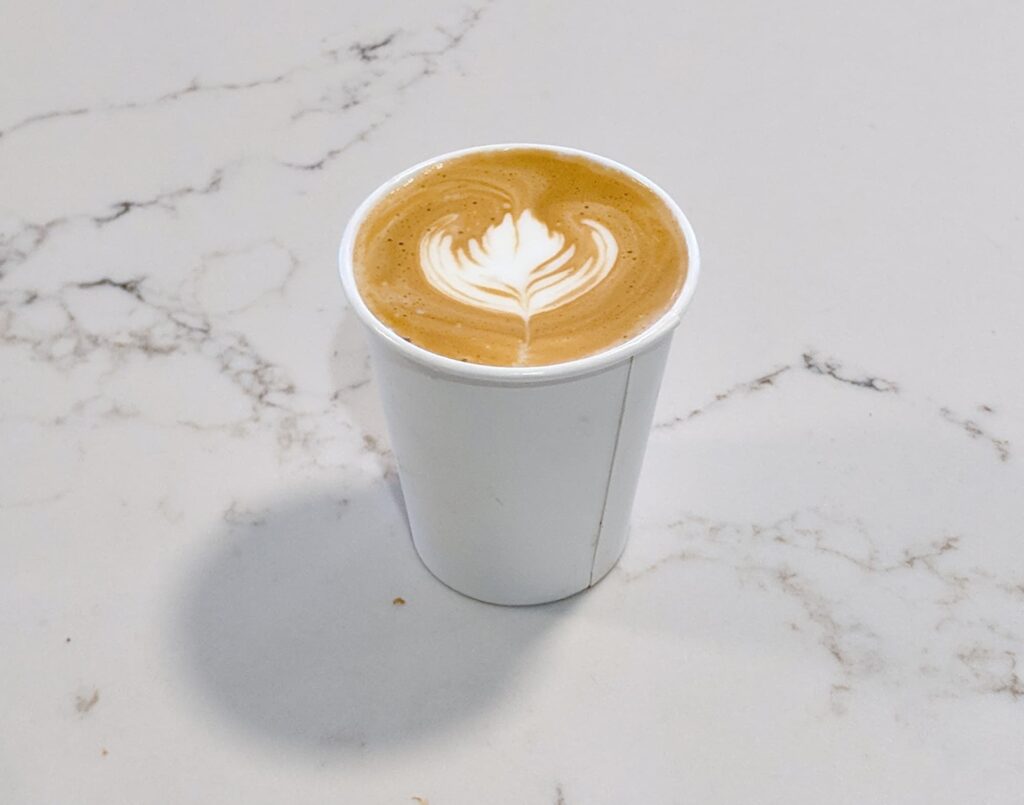
I’m a coffee nerd. I know many people can claim to be this. But I’ve been roasting green coffee beans at home since the 2000s, have owned all kinds of paraphernalia (culminating in budget-but-quality Rancilio Silvia home espresso machine), and have generally hung out in specialty coffee circles for decades.
For probably a decade, I drank mostly what we call “milk-based drinks” these days. I grew up in Melbourne in the age of the “piccolo”, the “double ristretto flat white” and then the “magic”, all coffees that Italians do not acknowledge. I learned to make them, and I became a dab hand at home-level latte art, though I never progressed beyond the basic rosetta or heart.
I took a coffee making course and got a certificate (it was a fun birthday present). So it’s official, too!
And finally, at one point, I made my own app for hunting the best “specialty” level coffee shops around the world, called Pilgrim Coffee. It died during a transitional phase of my life — here’s that whole story. Through that app, though, I met many cafe owners and people in the coffee community.
I used to help moderate the Barista Hustle community, in a previous generation. To be fair, the people I were with were much more knowledgeable than I was, but it was a pleasure to be associated with them and learn from them.
Despite all that background, I’m definitely just a hobbyist, and no professional. I no longer roast coffee, because I only did so out of desperation (living in places where fresh roasted coffee wasn’t available) — coffee is much more available now, and I’m also less desperate. I just brew with my crazy-level coffee kit, which I carry everywhere with me, despite living out of a backpack. The coffee grinder still confuses airport security staff.
But being an experienced hobbyist, I’m in a good position to teach you how to be one, too.
What is “Black Coffee”?

First, let’s look at a definition of black coffee.
Black Coffee vs Milk Drinks
We’re saturated in a world of lattes, flat whites, and macchiatos. Aside from American filter coffee, the most common form of black coffee that people drink used to be the Americano, which is espresso and hot water, so called because Americans requested it in Italy during war periods.
These days, the most common form of black coffee you get in fancy cafés is the cold brew, which (unfortunately) is quite often “yesterday’s left-over batch brew”. Even so, it’s tasty!
Black coffee is just “coffee”. Coffee with milk in it (or oat milk, or whatever) is a coffee and milk-based drink. Technically, espresso is black coffee, though it’s called “espresso” because that more accurately describes that drink. So, that might shift your perspective a bit.
The reason for which I started to drink black coffee was actually necessity — a lack of milk options. I moved to China in 2010. In suburban Beijing at the time, high-quality fresh milk was not very available, and café culture hadn’t taken off. People just didn’t drink milk much, so I couldn’t get it from the corner store. That might have changed, but it’s too late, now, as I’ve long since left.
When I tried using the milks that were available in China, I noticed that they tasted markedly different from the milks to which I was accustomed. I realised that a second, associated reason, was that I noticed that there are many kinds of milk, that they all taste different, and that that taste drastically informs the flavour of a milk-based drink.
Milk tastes different everywhere. In a few parts of the world, like New Zealand and Switzerland, milk is consistently excellent. But even so, your coffee will taste perhaps too milky for you, and less like coffee.
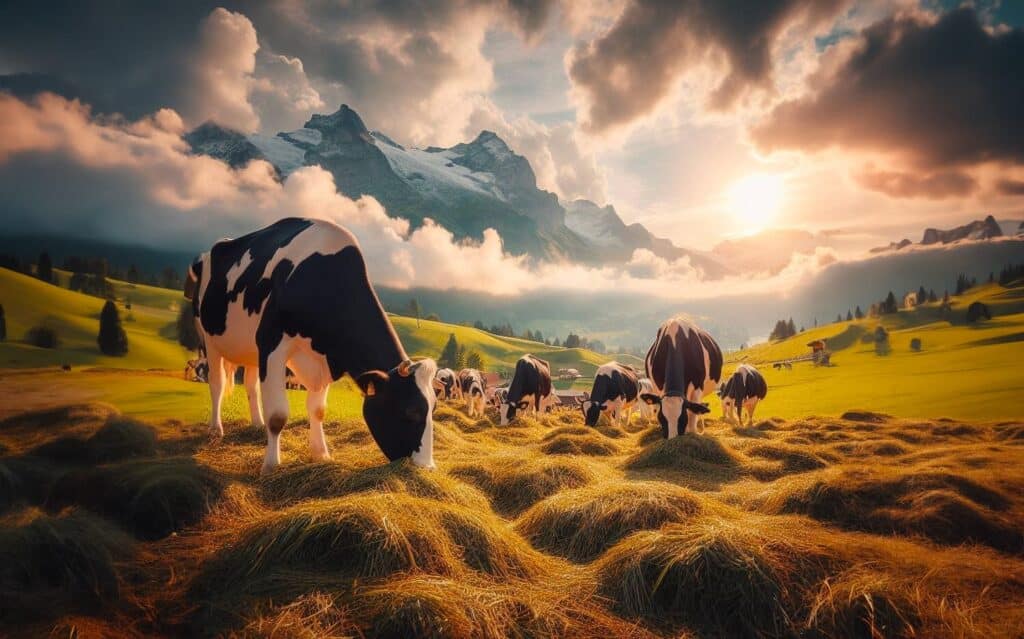
In dairy milk products, there are many quality levels of milk, fat levels, and brands. Milk from different countries tastes different (Italian milk and New Zealand milk are, anecdotally, wonderful; American milk isn’t so great unless you pay for one of the special kinds). There’s organic, unhomogenised, high-fat, and many others.
Then, over the last couple of decades, non-dairy milks have exploded. When I grew up, there was only soy milk. Almond milk came to prominence, then oat milk, cashew milk, and all the varieties we have today. Non-dairy milk manufacturers started making “barista”-level non-dairy milks that taste different and froth differently.
At the same time, high-quality milks (dairy and non-dairy) have started to become more exclusive and expensive. So coffee has become an increasingly costly affair. These days, in the US, a milk-based coffee will cost you around US$5 — or more, in some cities/cafes — including tax and tip.
All of this just brought to my attention that milk-based drinks are mostly milk. They’re less than 20% coffee. E.g. a flat white is usually 200 ml of milk and 30ml of coffee, which makes coffee 13% of the total weight.
So all the effort put into picking a bean, roasting it, and carefully brewing it would result in a flavour that’s then hidden by milk. Yes, good milk complements good espresso — but it’s still much harder to taste the raw coffee quality.
Worse, you can mask a bad quality with milk. It’s a bit akin to having ketchup on a steak, or mixing wine with Sprite.
I will point out that milk can be delicious, and milk and coffee make a great pairing, just like milk and chocolate, strawberries and cream, and so on.
It’s just that coffee and milk is far from the only way to drink coffee, and it needn’t be the default, if you start with great coffee.
Filter Coffee vs Americanos
Black coffee, the way most people understand it, is better described as “filter coffee”.
Yes, black coffee can include americanos and even espressos. But really, we’re talking about filter coffee.
What is filter coffee? It can include
- Coffee made through a drip-through filter machine (some work quite well!)
- Hand-poured filter coffee, like in a V60, Chemex, or similar
- Immersion-brewed coffee like in an AeroPress
All of these brew coffee at atmospheric pressure (or close to it). You get hot water, expose it to ground coffee, and wait.
The flavour you get out of each method is a bit different. The difference lies in just how the water is exposed to the coffee, for how long, and then how it goes through. But the differences can be very subtle.
An “Americano”, on the other hand, is espresso plus hot water. It’s also known as a “long black”. It tastes different from a filter coffee, and is basically as expensive and complicated to make as any milk drink.
There’s also a nebulous grey area of drinks like low-pressure espresso drinks with a long pull… They’re amazing, but pretty niche, so I won’t go into them here.
Why Drink Black Coffee?
There are a few good reasons to drink black coffee.
Firstly, black coffee is very diverse and can be very tasty. There’s a large variety of flavour options that you can get with black coffee that don’t really work with milk.
Think of a coffee drink like a cocktail. Or, if you’re a teetotaller, think of it as a curry. There are only certain cocktail or curries recipes that work with milk or cream. If you limit yourself to milk or cream, you limit yourself to very few cocktails or curry recipes that work with milk. Reduce the necessity for milk, and you open up the world of things you can drink.
Black coffee makes it much easier to taste the flavour of the bean. Suddenly, flavour profiles like “fruity”, “tart and lemony”, or “nutty and chocolatey” become things you can easily perceive just from smelling the beans.
To a degree, you can taste these through milk. Sometimes, they’re enhanced through milk, or work better with milk. This isn’t an either/or reason to drink black coffee. But black coffee has a very vast world of flavours that you’re missing out on if you just drink milk coffee.
Secondly, black coffee is cheap to make at home or on the move.
To make an espresso drink, you need an expensive machine and grinder. A basic setup will cost you (usually far) north of US$1,000 for both, and advanced setups cost north of $5K.
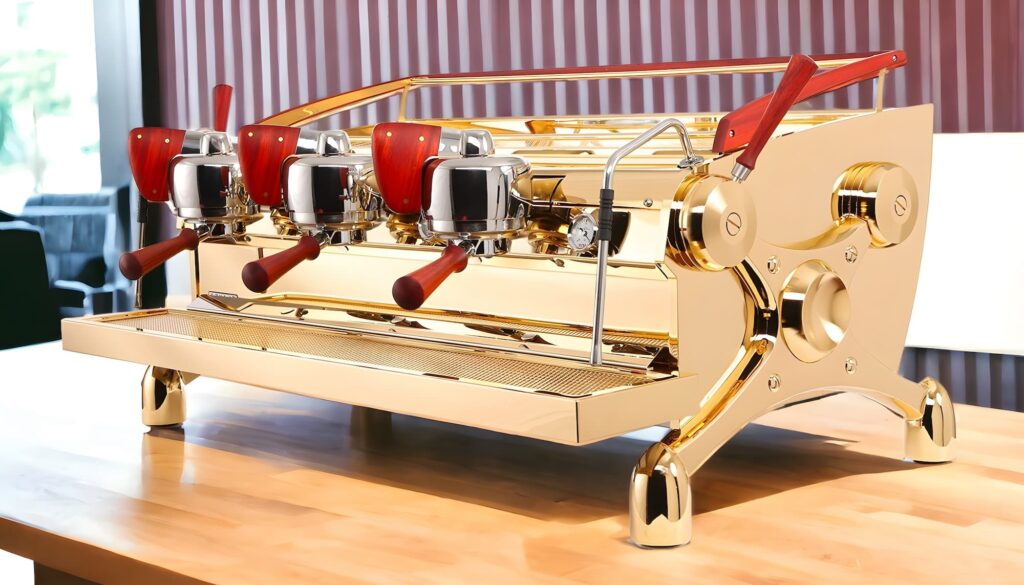
An espresso machine uses a lot of power (like a small oven, and you have to warm it up to use it), too.
None of the espresso setup is portable. If you go to a hotel or Airbnb, you have to downgrade to whatever they’re serving.
A good black coffee setup will cost you around $200, including the grinder, and is much more portable. I should know; I’ve taken my coffee kit on backpacking adventures and around the world to dozens of countries.
And each black coffee drink uses around 15g of beans. For high-quality beans from an excellent roaster, which at US$20 for 340g (many US bags are in 12 oz size), this comes to less than $1 per coffee. This is much less than what you pay when you go out — and you can make it at home.
Finally, black coffee is easy to make. The methodology for black coffee is much more forgiving. It’s not as sensitive to tiny changes in grind or water temperature. You don’t need to steam milk.
The biggest influence on the quality of black coffee is the quality of the beans. Buy good beans, and you’re most of the way along to tasty coffee.
How to Make Black Coffee
OK, you’ve read all that, and you want to get started. Let’s look at how to make black coffee.
The Fundamentals of Black Coffee
To make coffee you need just three things:
- High-quality beans, ground
- Hot, clean water
- Time
The rest is really details. But that’s what we’re here for.
In theory, you can just get beans and soak them in water for a while. This should get you a coffee-tasting beverage of some kind… but it’d be weak and not that flavourful.
Coffee is mostly water. But given that most water tastes “neutral”, the flavour of black coffee is extremely informed by the flavour of the beans. So you need to pay a lot of attention to this.
Gear You Need to Make Black Coffee
You need three things:
- A brewer
- A grinder
- Scales
Which brewer? Brew coffee with one of these common and well-documented brewers.
- AeroPress
- Kalita Wave and pour over kettle. I prefer the Kalita Wave over the Hario V60 as it’s less finnicky.
I like the AeroPress, but I like the others, too. The thing I like about the AeroPress most is that when it’s done brewing, I push the coffee through, which means the time factor is not a variable.
The nice thing about the AeroPress is that you don’t need a fancy kettle. You can boil water in any old kettle.
For a grinder, I generally recommend one of two grinders
- Electric: Baratza Encore
- Hand grinder: Comandante C40
These two grinders are widely regarded as being good grinders for filter coffee. Yes, you can pay thousands for a grinder. But other factors play a bigger role in coffee quality, like what beans you’re using.
The C40 is actually more expensive than the Encore! Grinding by hand is a bit of a chore, but I opt to do it so that I can travel. But if you’re staying in one place, go electric.
How to Buy High-Quality Coffee Beans
Buy whole beans, that are roasted recently (within the last two weeks, preferably last week), and that smell good.
The TL/DR is that you shouldn’t buy pre-ground coffee, with a caveat below (it’s OK sometimes).
Buy whole beans, and intend on grinding them yourself (see the next section).
But how do you pick good coffee beans? I’ll make this easy: smell them.
A good coffee can be smelled through the bag. If someone’s watching you, ask if you can smell them (a minority of people don’t like it). I really like fruity profiled coffees, but that’s personal taste.
Great coffees leap out of the bag and into my nose, leaving me impatient for the next morning to drink it.
Sometimes, I ask the person selling the beans what works for filter coffees. But their responses then become a matter of their own taste. Their taste might be very different form mine or yours.
How to Grind Beans for Black Coffee
Grind beans with a burr grinder. It can be a hand grinder or an electric one. It doesn’t need to be fancy ($100-200 is fine).
“Grind coffee? No problem,” you exclaim, whipping out your old “coffee/spice” blade grinder. Put that thing away!
Again, it’s fine. But ideally, you want a burr grinder, rather than a blade grinder.
The net effect may be the same — ground coffee. But a burr grinder has two distinct advantages. Firstly, it is much lower energy, which means it doesn’t heat up the beans, thus partially overcooking them, and changing the flavour.
Secondly, burr grinders grind much more evenly, which results in a more predictable brew. (Too many fines, and you’ll over-extract; too many big chunks, and you under-extract.)
How fine should you grind your coffee? The easiest way is to use a very common grinder, like my trusty Comandate C40. Then there are recipes for that exact grinder. For AeroPress coffee, most recipes specify between 20 and 25 clicks back from zero.
A General Recipe for Black Coffee
Generally speaking, I brew about 15g of coffee into about 225 ml of hot water that’s just off the boil, but not boiling, for around 2 minutes.
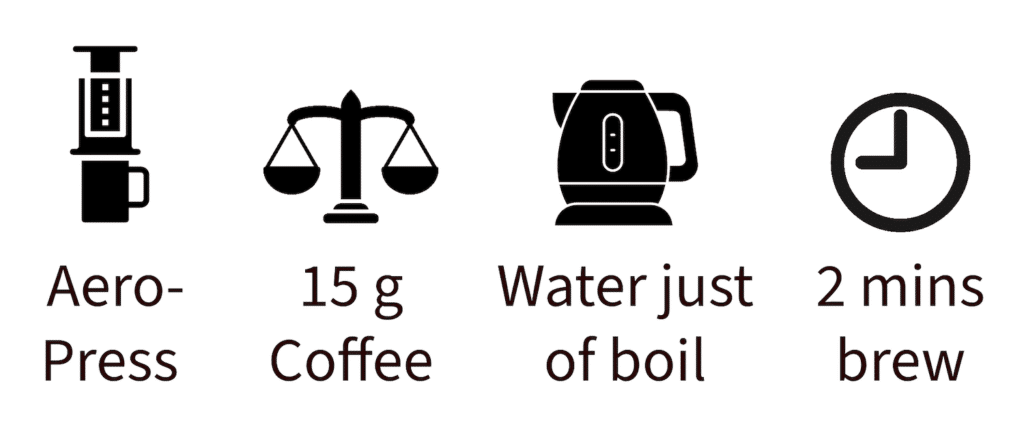
There’s nuance and variation to that.
- Grind — About 20-25 clicks back from zero on my Comandante C40.
- Brew time — I put in about 1/3 of the coffee, let it bloom, then gradually add the rest, stir it a bit, and plunge at 1:30, finishing by 2:00.
But mostly, this is a baseline to experiment. AeroPress recipes get wild and weird. Look up some on Reddit or on Aeroprecipe.com for inspiration. (Many of them may specify specialist equipment, so it’s helpful to google with the equipment you have.)
Wrap Up
I hope the above has been useful. I’m happy to go into more detail if anyone needs it. I’ll put up more info on the gear to get next.

